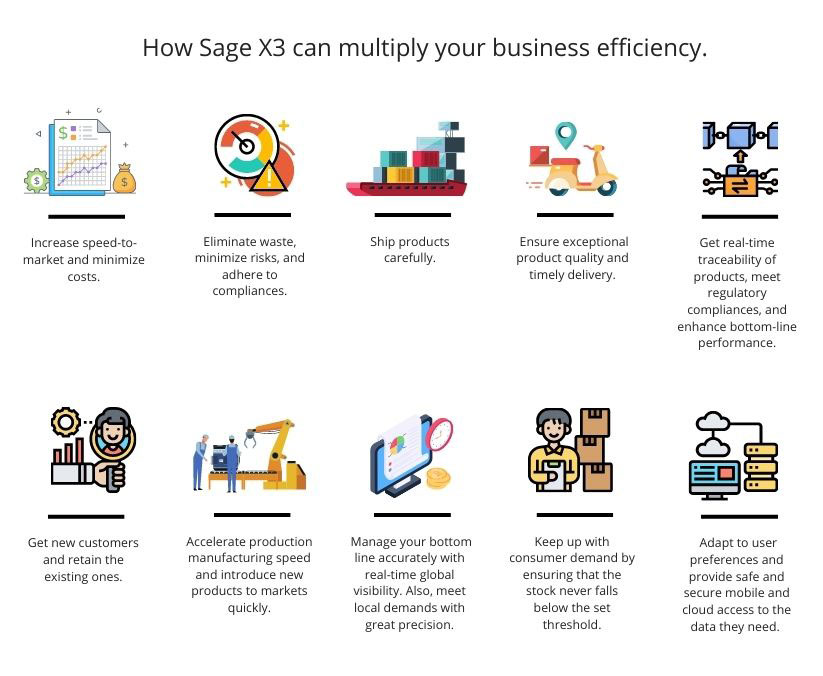Change management is a collective term used to help the team and end users prepare, support and help them adapt to the changes brought in the company. It is a list of specific methods and manners in which a company accepts change both in the external and the internal processes. It is estimated that 47%of the organisations that integrate change management are likely to meet their goals.
Changes in the company are required for growth, expansion, or implementation of new technologies. Most intense organisational change is challenging for the entire company. Before the application of any change, a structured approach should be followed.
Changes deployed for an organisation normally fail due to human errors. When any change is implemented, the normal routine of the company is changed. Human errors are caused if the promotors of the change need to have a properly planned strategy when any change in the organisation is implemented.
Symptoms of Faulty Change Management
Faulty change management is disastrous to the entire company. It has to be managed skillfully, or the change will negatively impact the company. The change management process is a complex task to perform. When done with careful and insightful planning, change can be successfully adapted. Let’s now explore some of the faulty change management symptoms below.
- Employees tend to become overwhelmed when the change is implemented quickly.
- When the change is directly implemented without consulting the employee or not asking for feedback from them.
- Management is wrong if they disagree that communication is insignificant compared to engagement.
- Before any change, the management should analyse how employees work and consider their perception of technology and how it affects their work.
- Insufficient information as the project progresses is one of the biggest challenges of change management.
- Wrongly assuming that the everyday change issue can be supported by the IT personnel.
- Backup work is still going on across the departments during the change process.
All these issues arise due to poor change management strategies. For successful change management implementation, insightful strategies have to be created. If the company has effective change management strategies, it can analyse all the more extensive problems and remove them completely.
Also read: 5 crucial change management strategies to remember while implementing ERP solutions in 2022
How to implement change management?
- First step is to define the change elaborately.
- Select a team to implement a change management strategy successfully.
- Create an implementation plan, and remember to include the metrics.
- Find out about management sponsorship and secure that commitment.
- Implement the change process step by step.
- Collect and gather insights from all data.
- As and when the change is needed, you can modify the plan.
Benefits of Change Management
All the changes, whether big or small, will impact the organisation. It can be effectively implemented if it’s strategically done following a well-created plan. What are the benefits of change management?
Providing smart solutions to combat internal resistance to change.
Set goals for the company’s change initiatives. This permits companies to monitor and control results easily.
Balances the multiple aspects of change, such as people, processes, technology and many more.
Giving a heads-up before a change helps the employees to be proactive in adapting to the change.
Helps in the successful implementation of change easily.
Types of Change Management
Organizational change management is essential when a business plans to expand. Different types of change management best practices and theories are based on the specific change. Based on the task, selecting the change management model is vital.
Exceptional Change
This type focuses on isolated change and doesn’t majorly affect other aspects of a person’s life. For example, a change of email address or name change in which some HR paperwork should be done.
Incremental Change
Normal change that doesn’t need a significant shift, for example, updating a technology.
Pendulum Change
This type is rapid, swiftly changing from one task to another. The best example of this type is shifting from a 100% office working environment to a 100% remote working environment.
Paradigm Change
Some changes become the new norm of the company, for example, shifting from synchronous communication to the hybrid model.
How does the ERP system support Change Management?
Organizational change is an ordinary happening in the business. It is crucial to take the correct change initiative to make it successful. ERP system helps in the successful adaptation of change management.
ERP system manages the overall functions of the business. It is more like the central nervous system of the company. Modern ERP systems have a centralized database where all the data are stored. It also helps in excellently managing any change in the organisation.
Access to up-to-date data
The primary function of the ERP system is to collect, store, and analyse data. Even when bringing up the change initiative, the ERP system can back up the data without losing any data.
Coordinates all the departments for better communication
All the data in the ERP system is stored in a single database. Executives and employees can access data with ease. This will enable better communication and clarity of accurate data.
Secures and protects data during transformation
ERP system secures and protects data when a change is implemented in the company. Plus, only the authorized team can create, update and close the tasks assigned to the employees. ERP software also has audit logs to analyse what changes are made to the existing data.
Also read: Change Management: Keep your employees excited about a new ERP system
Conclusion
Change management is crucial for the business. When it is adapted with a well-structured plan, it becomes a success. ERP solutions are a big help when implementing change, especially regarding data. Changes can be uncomfortable, but if all the strategies are followed correctly, they will be less complex.
Sage X3
Sage X3 is an excellent business management solution to manage all the core functions of the business. It eases all the functions and balances the workflow removing all bottlenecks. Sage X3 is customisable and can get industry-specific solutions. Implement Sage X3 for your business and accelerate growth.






